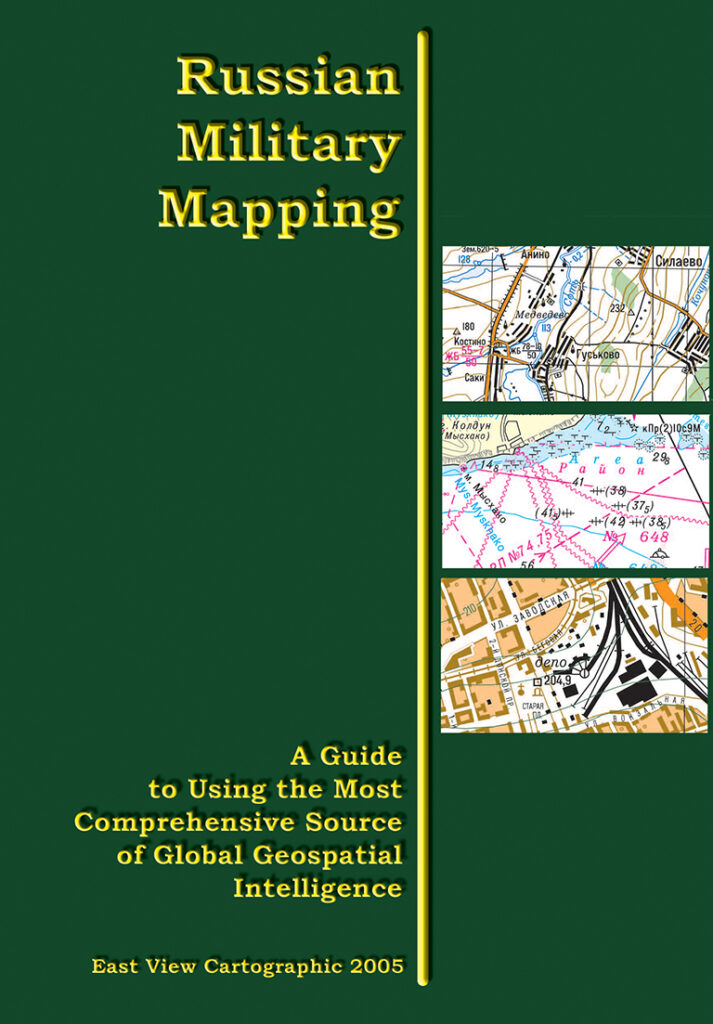Publisher’s Foreword
Preface to Russian Edition
Chapter 1. Parts of the Geographic Environment
1.1. The Earth’s Atmosphere
1.2. Weather and Climate
1.3. Winds
1.4. Time
1.5. Length of the Day
Chapter 2. Topographic and Special Maps
2.1. General Information on Topographic Maps
2.2. Map Gridding and Nomenclature
2.3. Numerical and Linear Scales of a Map
2.4. Geographic Coordinates on a Map
2.5. Rectangular Coordinate Grids on Topographic Maps
2.6. Depiction of Relief on Topographic Maps
2.7. The Earth’s Magnetic Field. Magnetic Deviation and Convergence of Meridians
2.8. Symbols Used on Topographic Maps
2.9. 1:25,000 to 1:1,000,000 Topographic Maps
2.10. Special Maps
2.11. The Commander’s Working Map
2.12. Tactical Symbols
2.13. Meteorological Elements
2.14. Assessing Terrain as an Element of the Battlefield Environment
2.15. Terrain Orientation and Targeting
Appendices
1. Reference Data
2. Sample Topographic and Special Maps
2.1. 1:25,000 Topographic Map
2.2. 1:50,000 Topographic Map
2.3. 1:100,000 Topographic Map
2.4. 1:200,000 Topographic Map
2.5. 1:500,000 Topographic Map
2.6. 1:1,000,000 Topographic Map
2.7. 1:10,000 City Plan
2.8. 1:25,000 City Plan
2.9. Geographic Survey Map
2.10. Aeronautical Chart
2.11. Marine Chart
2.12. 1:100,000 Terrain Variation Map (Operationally Corrected)
2.13. 1:100,000 Geodetic Data Map
2.14. 1:25,000 River Segment Map
2.15. 1:100,000 Mountain Pass and Passage Map
2.16. 1:100,000 Water Source Map
2.17. Aerial Photograph with Coordinate Grid
2.18. Photomontage
2.19. Photographic Plan
2.20. Photomap
3. Symbols for Topographic and Special Maps
3.1. Symbols for 1:25,000-1:200,000 Topographic Maps
3.2. Symbols and Characteristics of Labeled Features on 1:200,000 Maps
3.3. Symbols for 1:500,000 and 1:1,000,000 Topographic Maps
3.4. Symbols for Terrain Variation Maps
3.5. Symbols for Geodetic Data Maps
3.6. Symbols for River Segment Maps
3.7. Symbols for Mountain Pass and Passage Maps
3.8. Symbols for Water Source Maps
4. Abbreviations for Labels on Topographic Maps
5. Some Objectives That Can Be Achieved Using Topographic Maps
5.1. Angles, Headings, and Their Relationship on the Map
5.2. Determination of Magnetic and Grid Azimuths
5.3. Determination of Rectangular Coordinates
5.4. Determination of Geographic Coordinates
5.5. Determination of Absolute and Relative Elevations of Terrain Points
5.6. Construction of Visibility Charts and Determination of Intervisibility
5.7. Determination of Invisibility Fields
5.8. Determination of Steepness of Slope
6. Some Symbols Used in Combat Documents
7. Meteorologic Symbols
8. Some Abbreviations Used in Combat Documents
9. Alphabetic Subject Index
References
